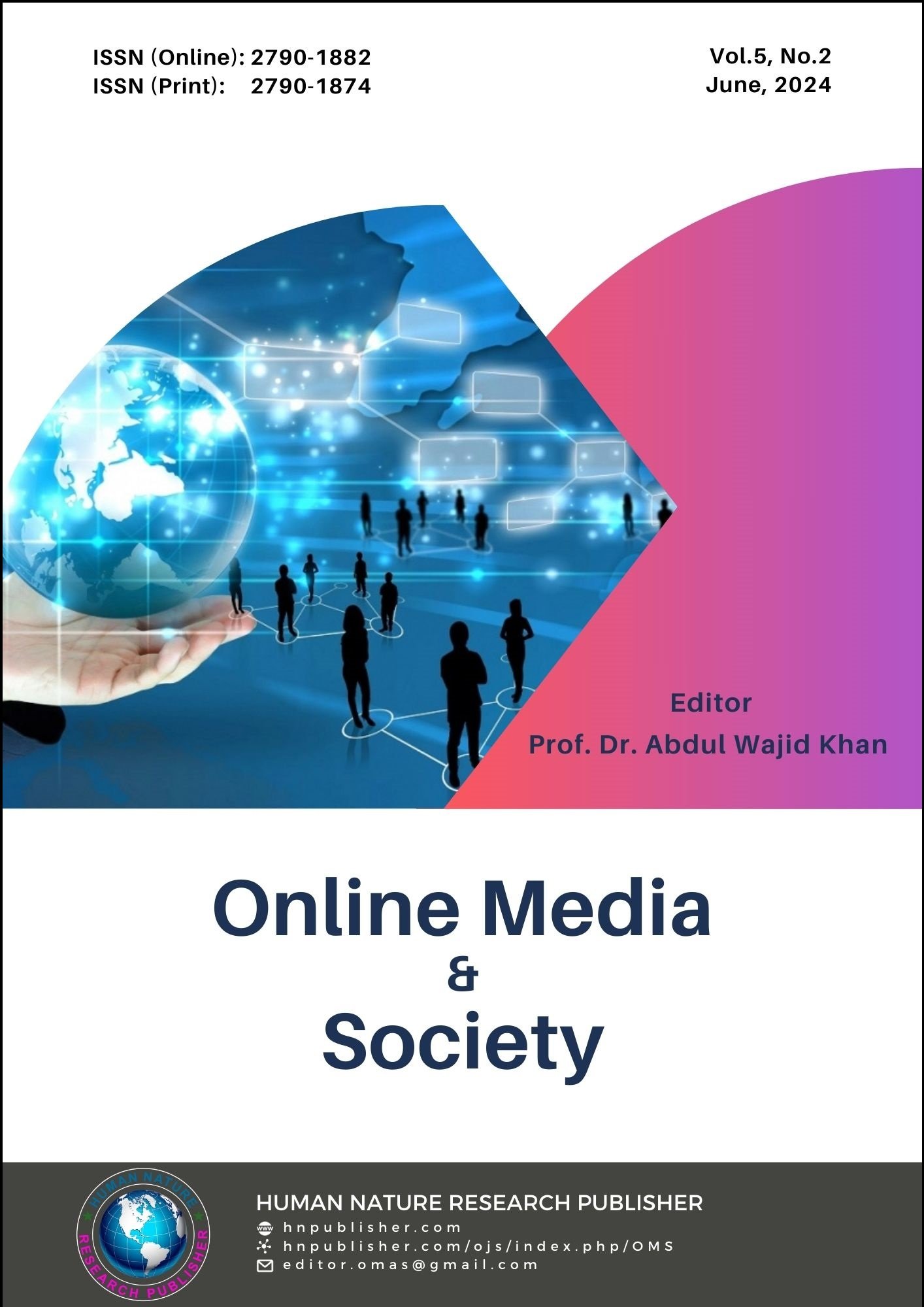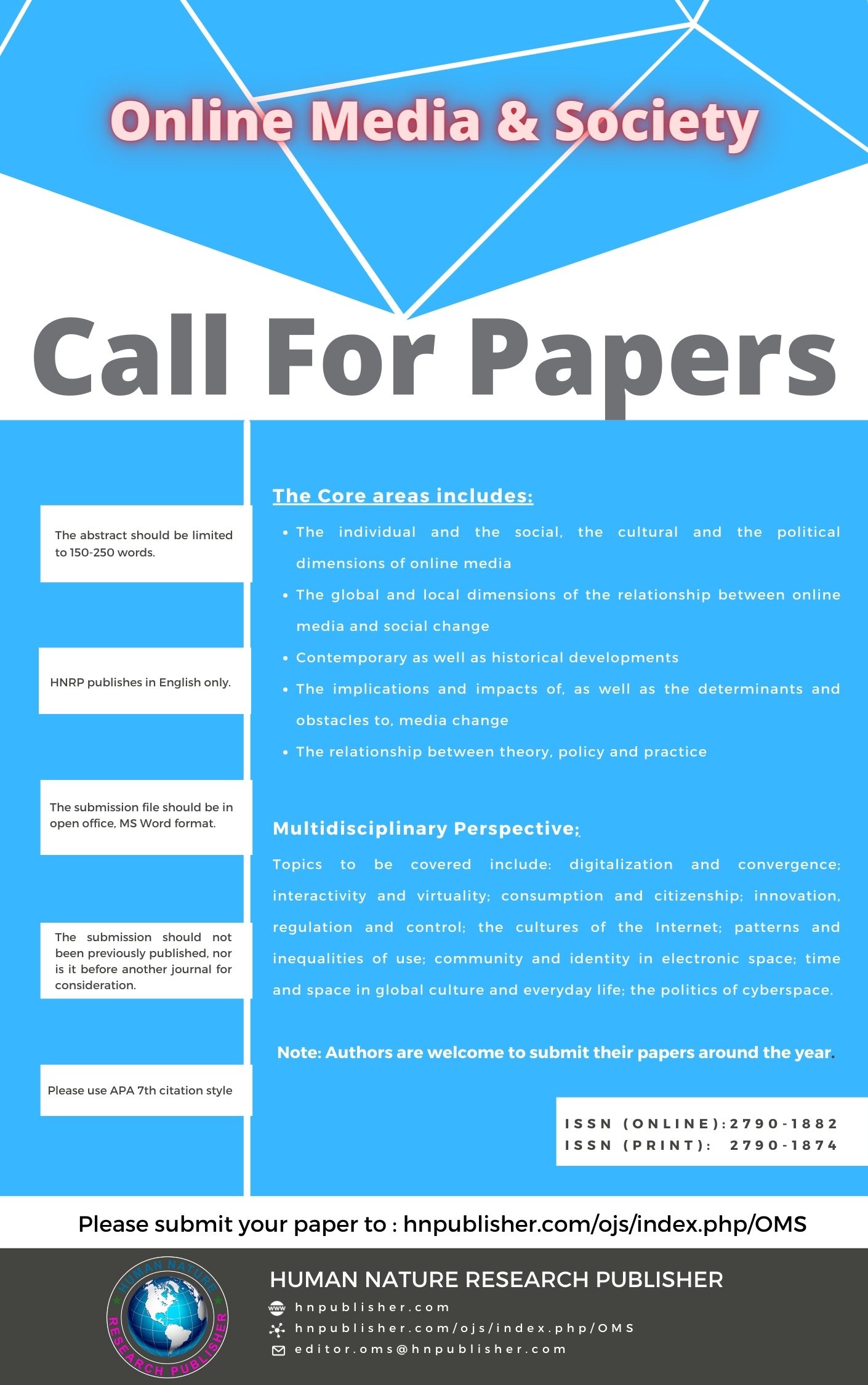WhatsApp Usage in the Post Pandemic Era: A Structural Equation Modelling Based Study
DOI:
https://doi.org/10.71016/oms/9gfcv018Keywords:
WhatsApp, Post-pandemic Era, Covid-19, Uses and Gratifications, Pakistan, Structural Equation ModelingAbstract
Aim of the Study: Communication played a key role during the COVID-19 crisis, but its continued use by employing technology, in the post pandemic era highlights its significance as the preferred social networking tool. This study examined the factors driving students to keep using WhatsApp after the pandemic.
Methodology: Using the user and gratification approach, the researcher conducted a cross-sectional study, collecting data from higher education institutions in Islamabad Pakistan. Structural equation modeling was used for path analysis, along with the Sobel test to examine mediations.
Findings: Data from (n=300) to university students revealed a strong relationship between the post pandemic and increased WhatsApp use. Key factors, such as communication and digital learning significantly influenced this use. Additionally, teamwork and information sharing were found to mediate WhatsApp use among the participants.
Conclusion: The findings suggest that WhatsApp effectively meets students’ needs for communication, collaboration, education, and information creating process. Despite the widespread use our words are, these needs and their fulfillment for the solidified the relationship between users and the platform, underlining its significance as a major social networking tool. Study limitations are also discussed accordingly.
Downloads
Published
Issue
Section
License
Copyright (c) 2024 Dr. Saadia Anwar Pasha (Author)

This work is licensed under a Creative Commons Attribution-NonCommercial 4.0 International License.








